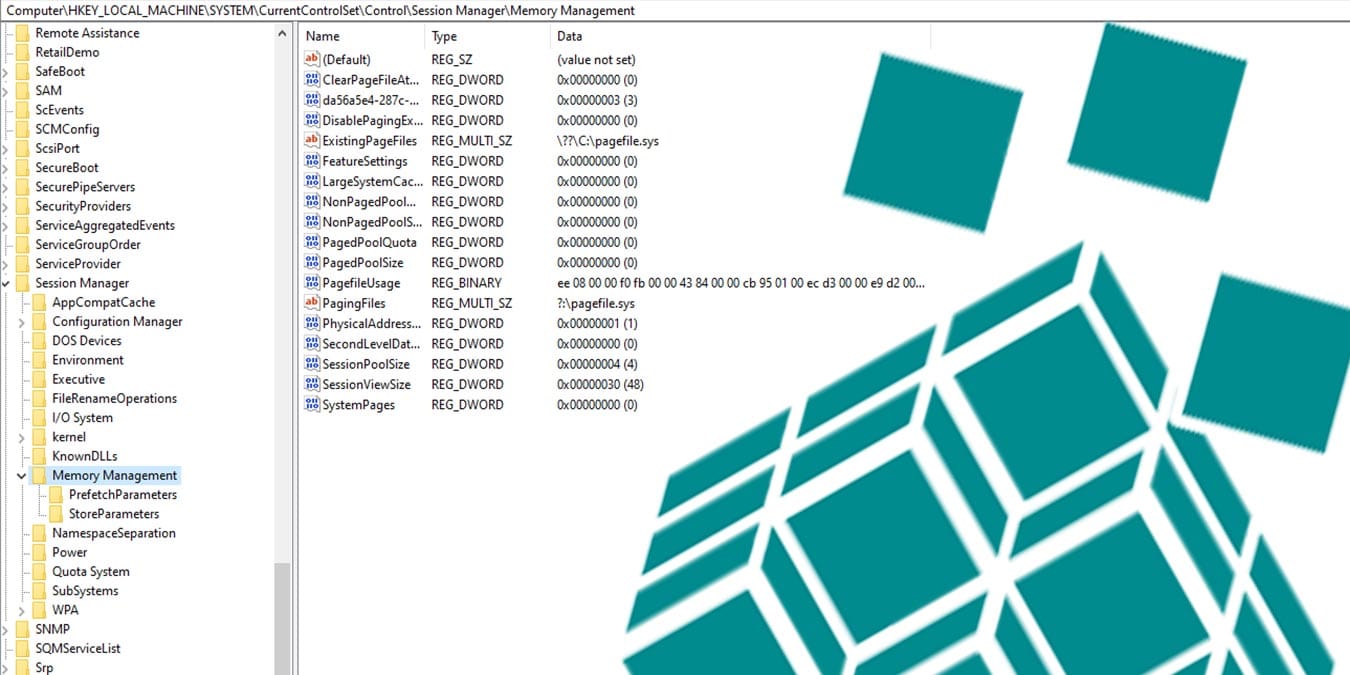I have the following configuration:
Laptop with a single SSD, BitLocker encrypted.
I want to install a second copy of Windows for testing, natively booting from a VHDX. Because C: is BitLocker encrypted, I cannot install Windows to a VHDX on this drive, so I attach an external NVMe in a USB enclosure.
Here is the tricky part: This second instance of Windows also needs to be BitLocker encrypted. To accomplish this I follow these steps:
I enable BitLocker on the external NVMe, create a VHDX and deploy Windows to it.
Now, when I boot, if I select the 2nd instance of Windows I supply the BitLocker password for that volume and Windows boots.
Here is the one tiny glitch that I have: When I logon to that second instance of Windows I always get a "Performance Options" dialog that is a result of Windows not being able to create a pagefile anywhere.
So all of this is leading to this question: How can I create a pagefile for this second instance of Windows in this scenario?
Laptop with a single SSD, BitLocker encrypted.
I want to install a second copy of Windows for testing, natively booting from a VHDX. Because C: is BitLocker encrypted, I cannot install Windows to a VHDX on this drive, so I attach an external NVMe in a USB enclosure.
Here is the tricky part: This second instance of Windows also needs to be BitLocker encrypted. To accomplish this I follow these steps:
I enable BitLocker on the external NVMe, create a VHDX and deploy Windows to it.
Now, when I boot, if I select the 2nd instance of Windows I supply the BitLocker password for that volume and Windows boots.
Here is the one tiny glitch that I have: When I logon to that second instance of Windows I always get a "Performance Options" dialog that is a result of Windows not being able to create a pagefile anywhere.
So all of this is leading to this question: How can I create a pagefile for this second instance of Windows in this scenario?
My Computers
System One System Two
-
- OS
- Win11 Pro 24H2
- Computer type
- PC/Desktop
- Manufacturer/Model
- Self-built
- CPU
- Intel i7 11700K
- Motherboard
- ASUS Prime Z590-A MB
- Memory
- 64GB (Waiting for warranty replacement of another 64GB for 128GB total)
- Graphics Card(s)
- No GPU - Built-in Intel Graphics
- Sound Card
- Integrated
- Monitor(s) Displays
- HP Envy 32
- Screen Resolution
- 2560 x 1440
- Hard Drives
- 1 x 1TB NVMe SSD
1 x 2TB NVMe SSD
1 x 4TB NVMe SSD
3 x 512GB 2.5" SSD
1 x 4TB 2.5" SSD
5 x 8TB Seagate Barracuda HDD
- PSU
- Corsair HX850i
- Case
- Corsair iCUE RGB 5000X mid tower case
- Cooling
- Noctua NF-S12A chromax.black.swap case fans (Qty. 7) & Home Computer Specifications, Configuration, and Usage Notes General Specifications ASUS Prime Z590-A motherboard, serial number M1M0KC222467ARP Intel Core i7-11700K CPU (11th Gen Rocket Lake / LGA 1200 Socket) 128GB Crucial Ballistix RGB DDR4 3200 MHz DRAM (4 x 32GB) Corsair iCUE RGB 5000X mid tower case Noctua NH-D15 chromax.black CPU cooler Noctua NF-S12A chromax.black.swap case fans (Qty. 7) & Corsair LL-120 RGB Fans (Qty. 3)
- Keyboard
- Corsair K70 Max RGB Magnetic Keyboard
- Mouse
- Logitech MX Master 3
- Internet Speed
- 1Gb Up / 1 Gb Down
- Browser
- Edge
- Antivirus
- Windows Defender
- Other Info
- The five 8TB drives and three 512GB SSDs are part of a DrivePool using StableBit DrivePool software. The three SSDs are devoted purely to caching for the 8TB drives. All of the important data is stored in triplicate so that I can withstand simultaneous failure of 2 disks.
Networking: 2.5Gbps Ethernet and WiFi 6e
-
- Operating System
- Win11 Pro 23H2
- Computer type
- Laptop
- Manufacturer/Model
- Lenovo ThinkBook 13x Gen 2
- CPU
- Intel i7-1255U
- Memory
- 16 GB
- Graphics card(s)
- Intel Iris Xe Graphics
- Sound Card
- Realtek® ALC3306-CG codec
- Monitor(s) Displays
- 13.3-inch IPS Display
- Screen Resolution
- WQXGA (2560 x 1600)
- Hard Drives
- 2 TB 4 x 4 NVMe SSD
- PSU
- USB-C / Thunderbolt 4 Power / Charging
- Keyboard
- Backlit, spill resistant keyboard
- Mouse
- Buttonless Glass Precision Touchpad
- Internet Speed
- 1Gb Up / 1Gb Down
- Browser
- Edge
- Antivirus
- Windows Defender
- Other Info
- WiFi 6e / Bluetooth 5.1 / Facial Recognition / Fingerprint Sensor / ToF (Time of Flight) Human Presence Sensor






